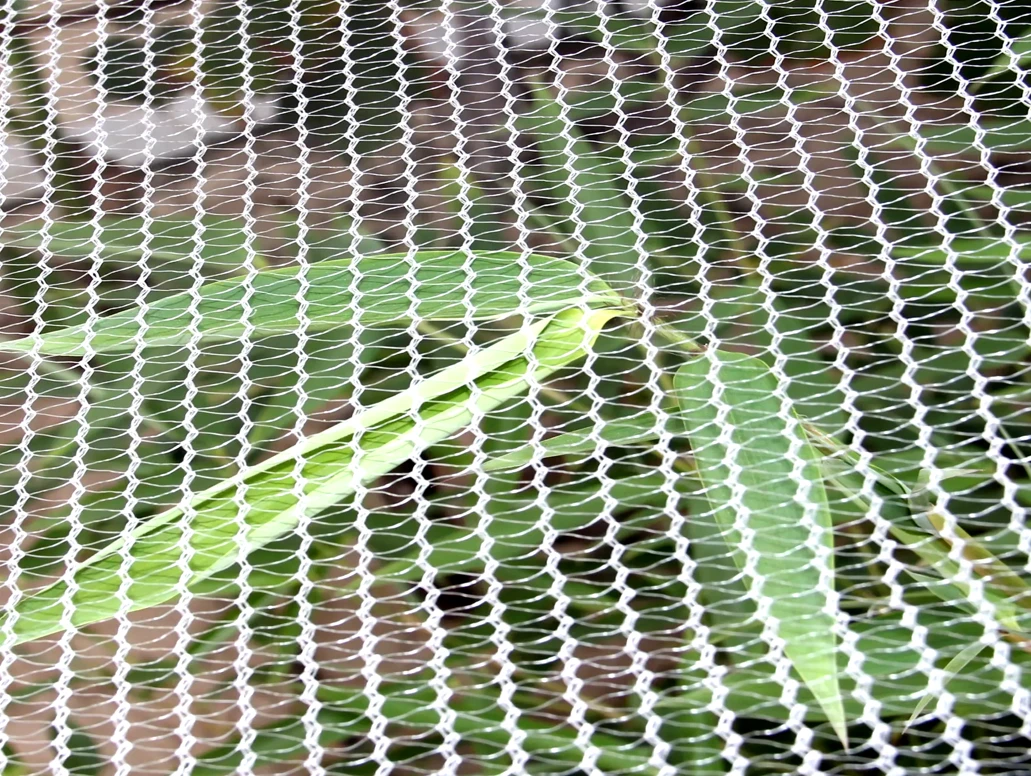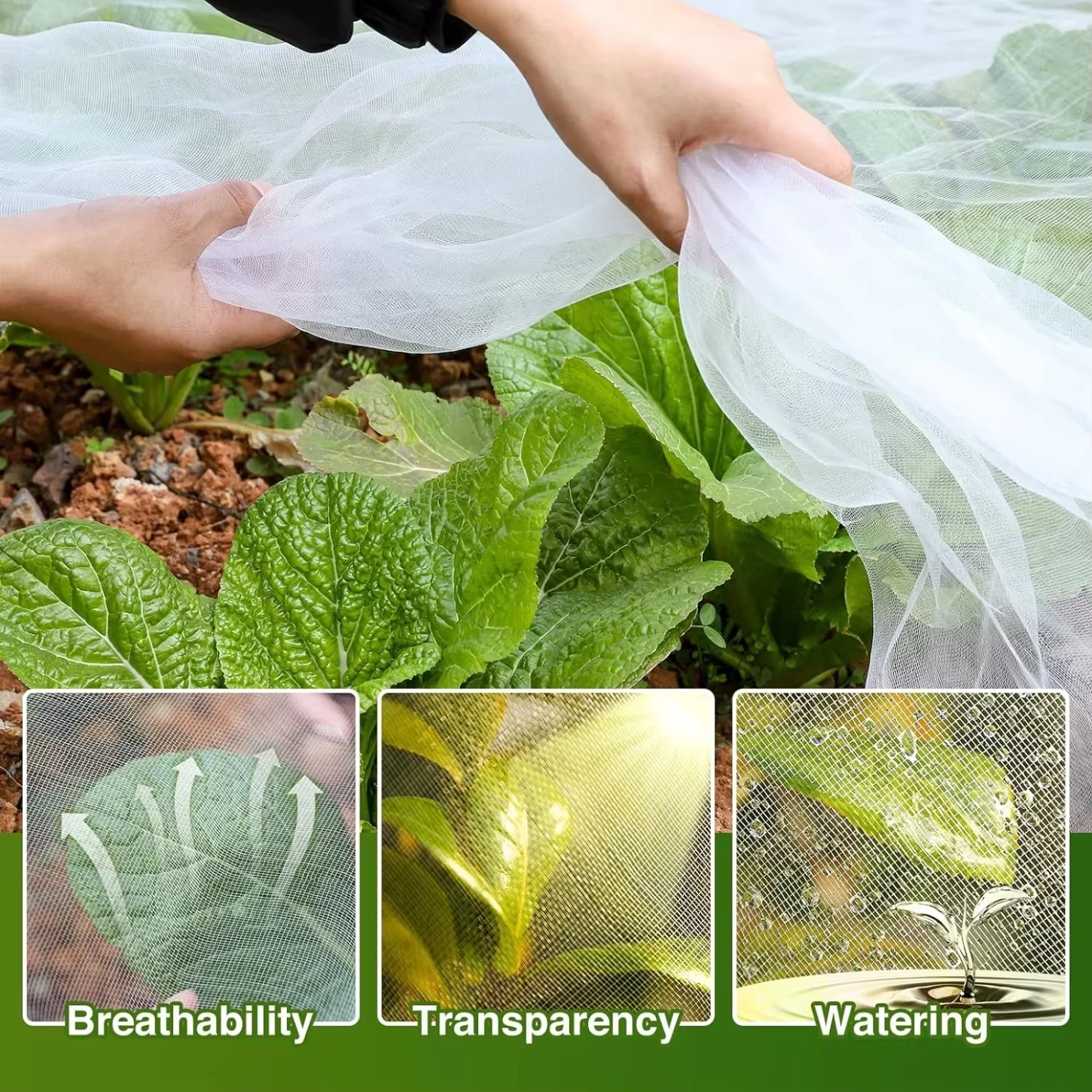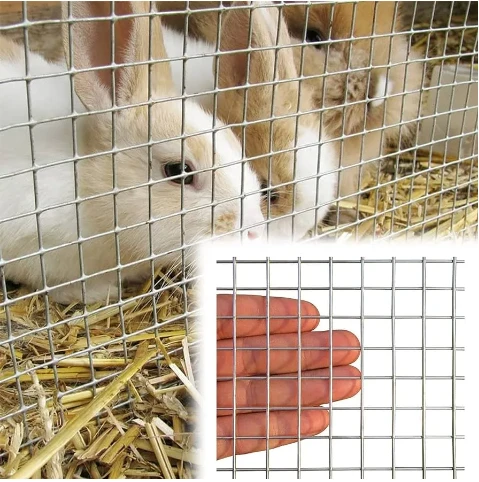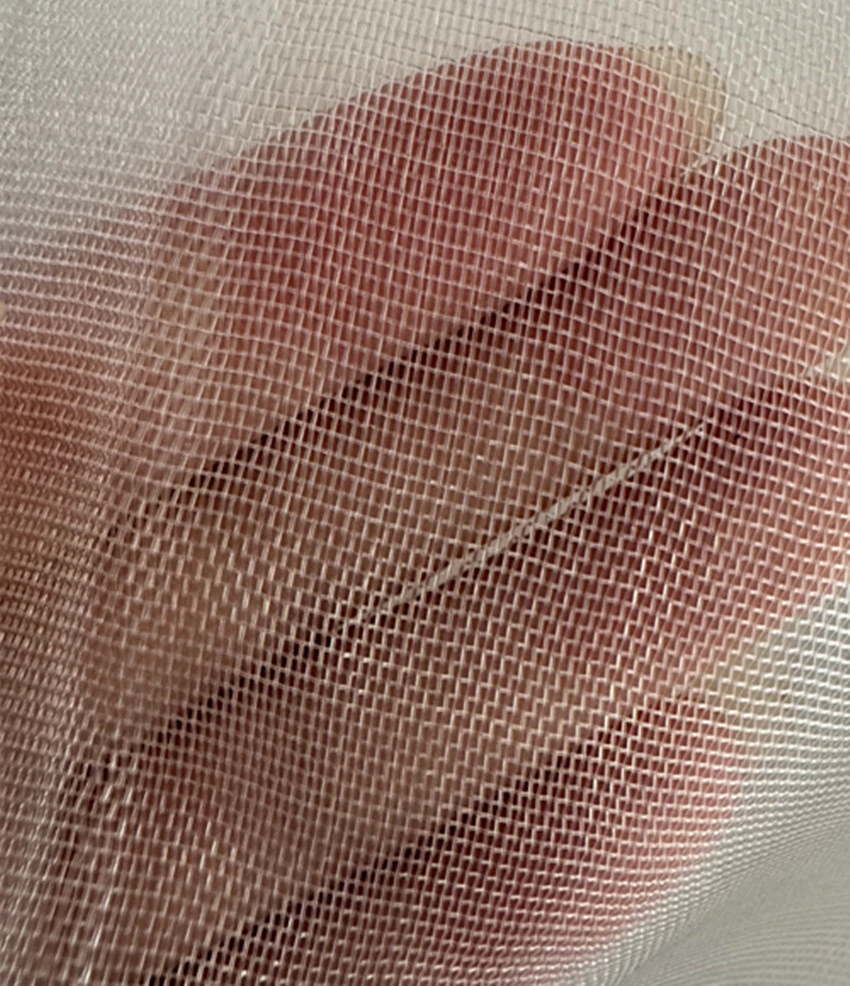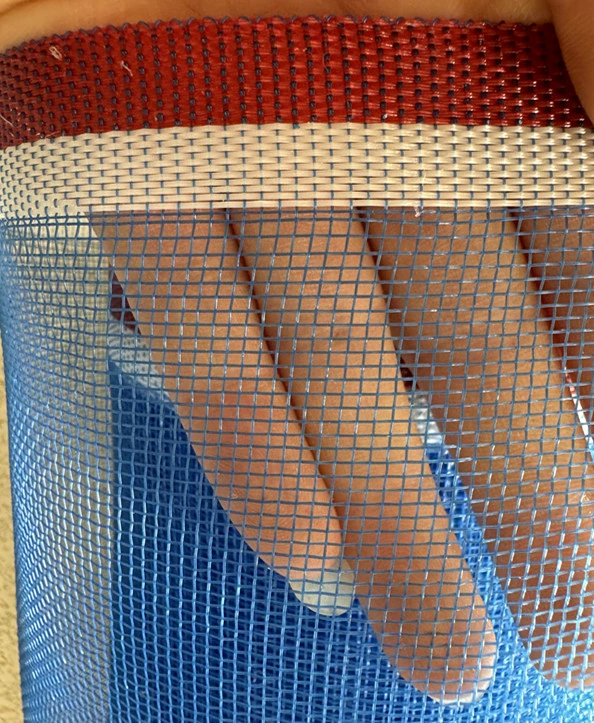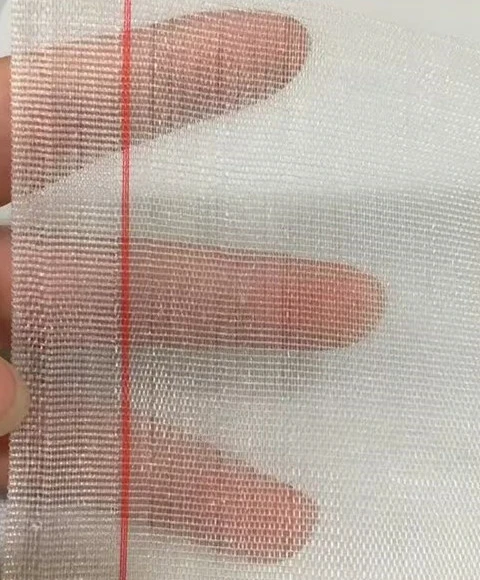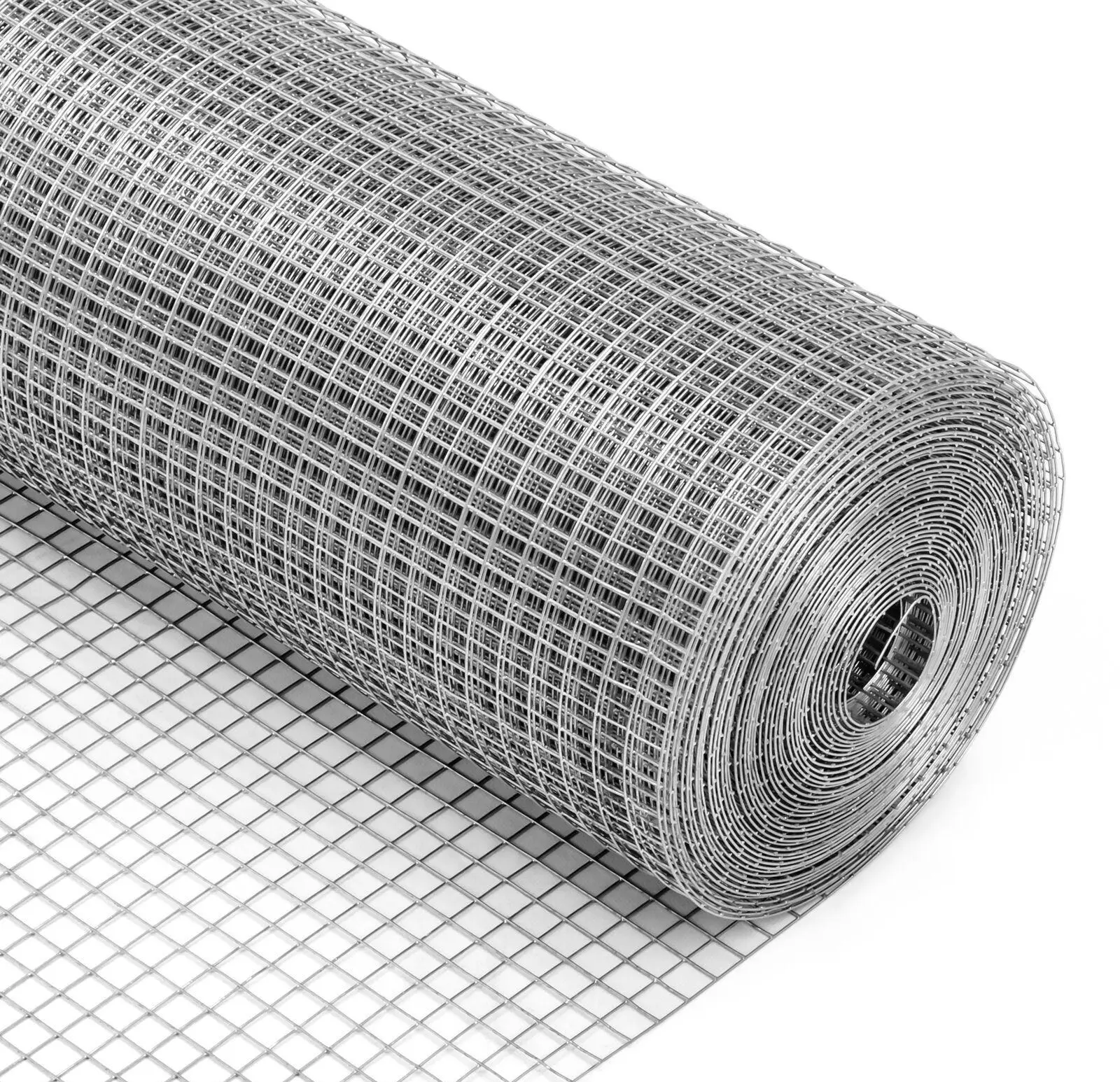-
 Afrikaans
Afrikaans -
 Albanian
Albanian -
 Amharic
Amharic -
 Arabic
Arabic -
 Armenian
Armenian -
 Azerbaijani
Azerbaijani -
 Basque
Basque -
 Belarusian
Belarusian -
 Bengali
Bengali -
 Bosnian
Bosnian -
 Bulgarian
Bulgarian -
 Catalan
Catalan -
 Cebuano
Cebuano -
 China
China -
 Corsican
Corsican -
 Croatian
Croatian -
 Czech
Czech -
 Danish
Danish -
 Dutch
Dutch -
 English
English -
 Esperanto
Esperanto -
 Estonian
Estonian -
 Finnish
Finnish -
 French
French -
 Frisian
Frisian -
 Galician
Galician -
 Georgian
Georgian -
 German
German -
 Greek
Greek -
 Gujarati
Gujarati -
 Haitian Creole
Haitian Creole -
 hausa
hausa -
 hawaiian
hawaiian -
 Hebrew
Hebrew -
 Hindi
Hindi -
 Miao
Miao -
 Hungarian
Hungarian -
 Icelandic
Icelandic -
 igbo
igbo -
 Indonesian
Indonesian -
 irish
irish -
 Italian
Italian -
 Japanese
Japanese -
 Javanese
Javanese -
 Kannada
Kannada -
 kazakh
kazakh -
 Khmer
Khmer -
 Rwandese
Rwandese -
 Korean
Korean -
 Kurdish
Kurdish -
 Kyrgyz
Kyrgyz -
 Lao
Lao -
 Latin
Latin -
 Latvian
Latvian -
 Lithuanian
Lithuanian -
 Luxembourgish
Luxembourgish -
 Macedonian
Macedonian -
 Malgashi
Malgashi -
 Malay
Malay -
 Malayalam
Malayalam -
 Maltese
Maltese -
 Maori
Maori -
 Marathi
Marathi -
 Mongolian
Mongolian -
 Myanmar
Myanmar -
 Nepali
Nepali -
 Norwegian
Norwegian -
 Norwegian
Norwegian -
 Occitan
Occitan -
 Pashto
Pashto -
 Persian
Persian -
 Polish
Polish -
 Portuguese
Portuguese -
 Punjabi
Punjabi -
 Romanian
Romanian -
 Russian
Russian -
 Samoan
Samoan -
 Scottish Gaelic
Scottish Gaelic -
 Serbian
Serbian -
 Sesotho
Sesotho -
 Shona
Shona -
 Sindhi
Sindhi -
 Sinhala
Sinhala -
 Slovak
Slovak -
 Slovenian
Slovenian -
 Somali
Somali -
 Spanish
Spanish -
 Sundanese
Sundanese -
 Swahili
Swahili -
 Swedish
Swedish -
 Tagalog
Tagalog -
 Tajik
Tajik -
 Tamil
Tamil -
 Tatar
Tatar -
 Telugu
Telugu -
 Thai
Thai -
 Turkish
Turkish -
 Turkmen
Turkmen -
 Ukrainian
Ukrainian -
 Urdu
Urdu -
 Uighur
Uighur -
 Uzbek
Uzbek -
 Vietnamese
Vietnamese -
 Welsh
Welsh -
 Bantu
Bantu -
 Yiddish
Yiddish -
 Yoruba
Yoruba -
 Zulu
Zulu
welded steel wire fabric
The Versatility and Applications of Welded Steel Wire Fabric
Welded steel wire fabric, commonly known as wire mesh, is an essential building material composed of a matrix of steel wires that are welded together to form a grid or mesh pattern. This construction material has gained widespread recognition and is indispensable in a variety of construction, industrial, and architectural applications. Understanding the advantages and uses of welded steel wire fabric is crucial for anyone involved in the construction industry or in search of robust materials.
Composition and Production
Welded steel wire fabric is created through the process of electric resistance welding, where intersecting wires are fused together at their junctions. Typically, the mesh comes in various sizes, with wire diameters ranging from 3 mm to 12 mm, and the spacing between the wires can vary based on the specific requirements of the project. The manufacturing process ensures that the mesh retains its shape and structural integrity, allowing it to withstand significant loads.
One of the primary advantages of using welded steel wire fabric is its strength and durability. The welding process enhances the load-bearing capacity of the fabric, making it ideal for use in concrete reinforcement. The mesh is often integrated into slabs, pavements, and walls to improve structural stability and mitigate cracking due to shrinkage or external forces.
Applications in Construction
The applications of welded steel wire fabric are extensive, with its most prominent use being in reinforced concrete structures. In this context, the mesh acts as a spine, providing tensile strength that complements the compressive strength of concrete. This combination allows for the construction of larger and more resilient structures such as bridges, highways, and buildings.
welded steel wire fabric
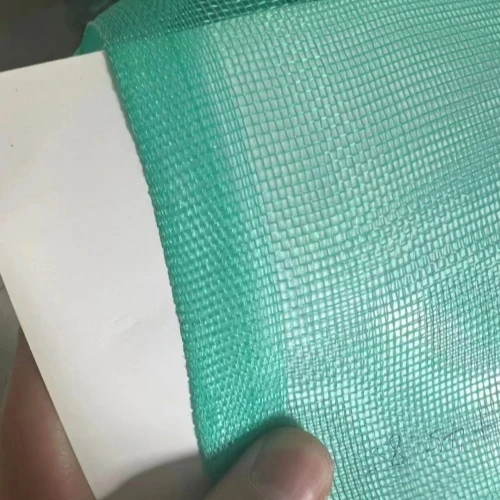
Besides concrete reinforcement, welded steel wire fabric is used for various other applications. It is commonly used in flooring systems, where it can be embedded within the surface to enhance its durability. The fabric is also utilized in precast concrete elements, contributing to the structural integrity of panels, beams, and columns.
In the realm of fencing, welded steel wire fabric is an excellent choice due to its durability and resistance to corrosive elements. It is often employed in residential, commercial, and industrial fencing applications, providing reliable security without compromising visibility.
Environmental Impact and Sustainability
As sustainability becomes an increasing concern in construction, welded steel wire fabric offers an eco-friendly alternative. Steel is a highly recyclable material, making it a sustainable option for construction projects. The longevity and strength of the fabric also mean that it can withstand the test of time, reducing the need for repairs or replacements and ultimately minimizing waste.
Furthermore, the production of welded steel wire fabric involves less energy compared to other types of steel reinforcement, leading to a lower overall carbon footprint. Therefore, using this material aligns with the broader goals of sustainable architecture and construction practices.
Conclusion
Welded steel wire fabric stands out as a versatile and robust material that has transformed modern construction. Its strength, durability, and adaptability to various applications make it an indispensable component in building projects across the globe. As the industry continues to evolve, the importance of sustainable materials like welded steel wire fabric will only grow. Understanding its properties and applications not only empowers construction professionals but also encourages a shift towards more responsible building practices. Whether it's reinforcing concrete, building fences, or developing sustainable architectural solutions, welded steel wire fabric proves to be a reliable choice in the toolkit of modern construction.
-
The Sunshade Net Can Block Ultraviolet RaysNewsAug.11,2025
-
Main Application and Technology of Nylon ScreenNewsAug.11,2025
-
Green Anti UV Sunshade Net: The Perfect Combination of Ecological Friendliness and Practical PerformanceNewsAug.11,2025
-
Explore the Sunshade NetNewsAug.11,2025
-
Application and Development of Nylon Screen in Fuel Processing and TreatmentNewsAug.11,2025
-
Application and Advantages of Nylon Screen for AquacultureNewsAug.11,2025




